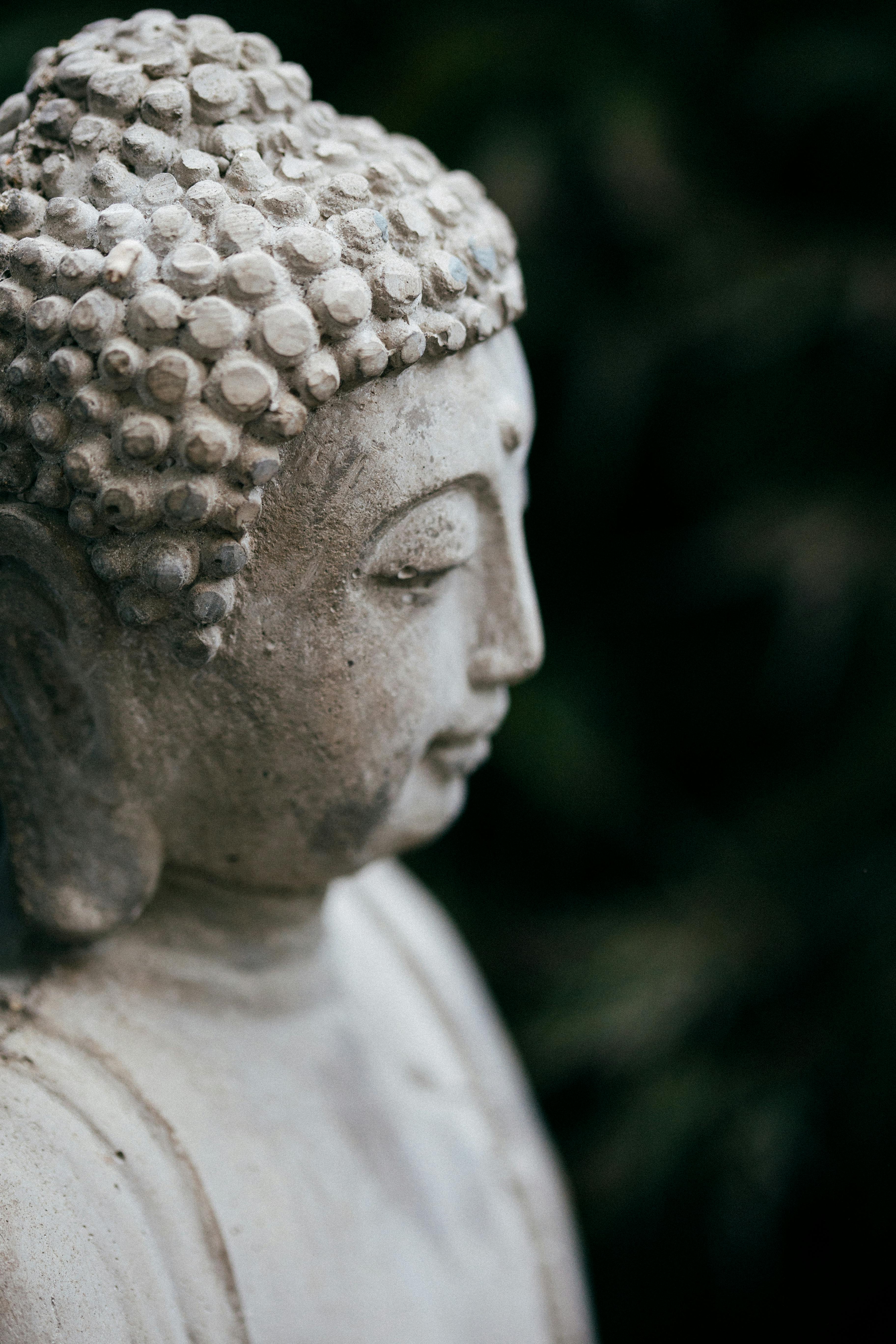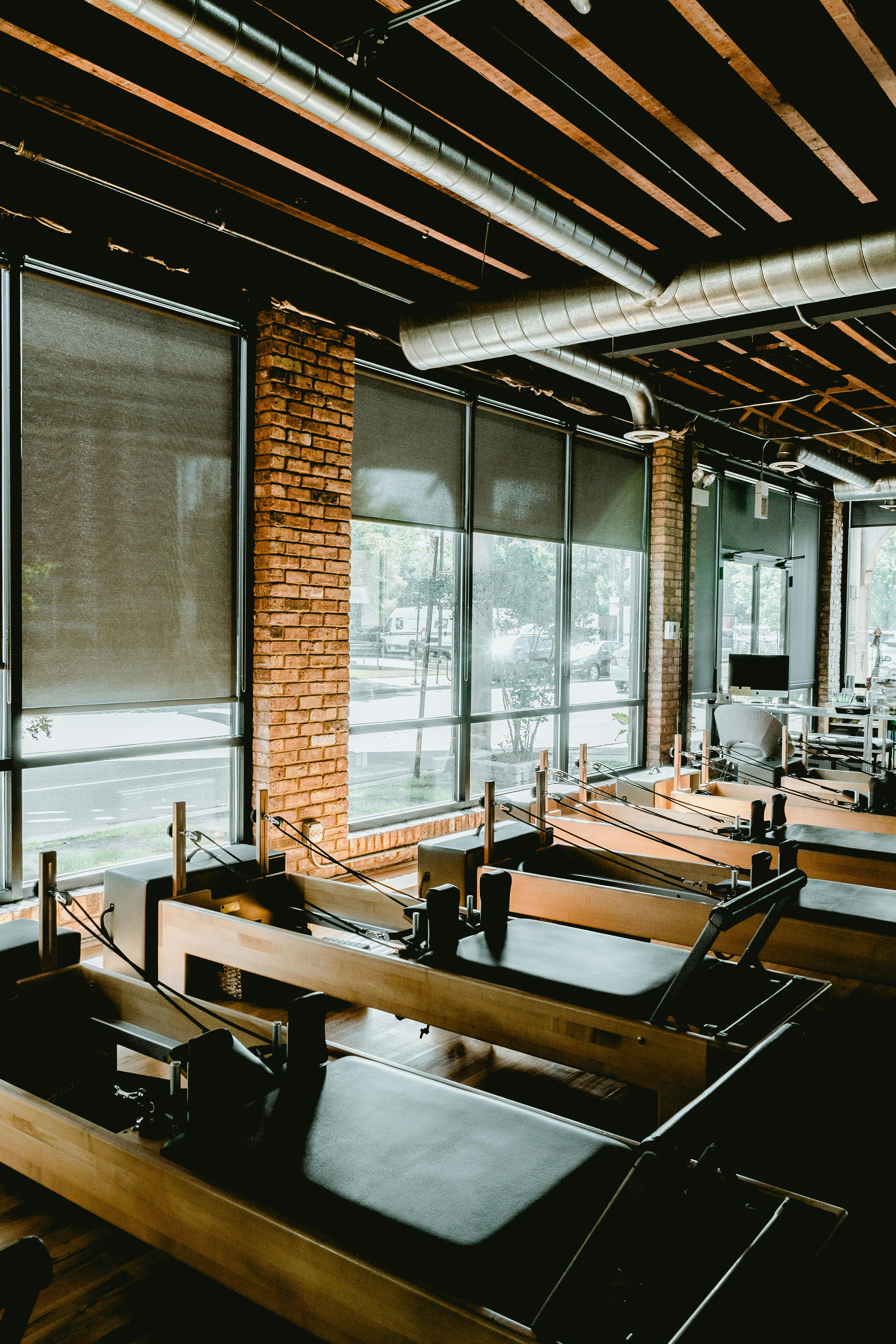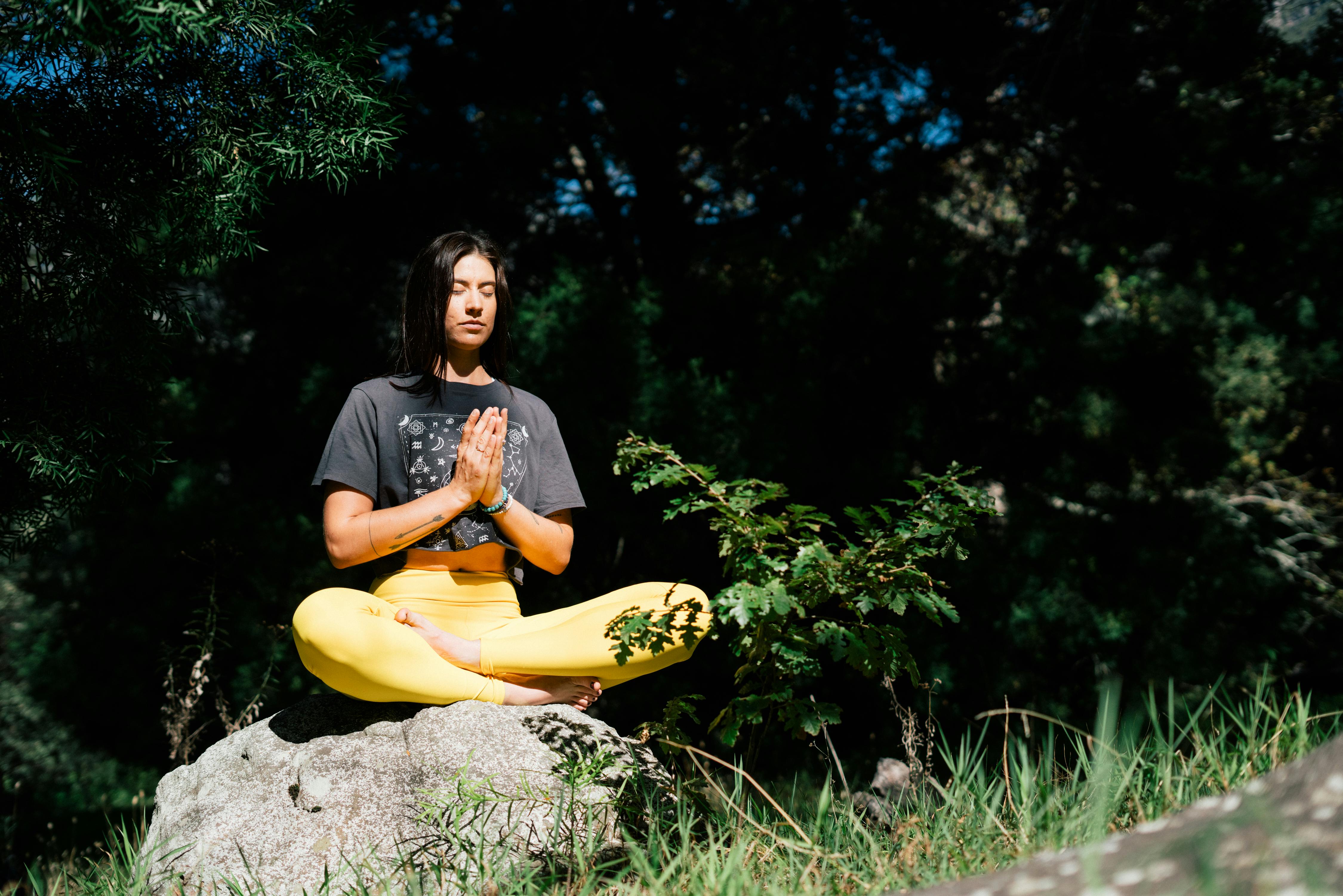If you look at a still from a Pilates video next to a still from a yoga recording, you might not see the difference.
And yet, that couldn't be farther from the truth. In their focus, goals, and constituting elements, pilates, and yoga differ greatly.
Let's see what sets these two disciplines apart.
Origins
Pilates Is Born (and called something else)
Pilates was created by Joseph Pilates in the 1920s, making it roughly one hundred years old. His father was a keen gymnast and his mother was a naturopath.
Having lived with asthma and rickets as a child, he aimed to cope with these conditions by studying yoga, martial arts, and Zen meditation.
He trained to be a gymnast and ended up working as a circus performer. However, when he and his German circus troupe were arrested on the Isle of Man during World War I, he started working in the prison camp as a hospital orderly.
It appears to be here that he had the breakthrough ideas that would lead to the creation of Pilates. He devised ways to exercise the limbs of wounded soldiers who could no longer walk, helping their rehabilitation.
Later, he opened a space in New York and began practicing the technique he’d been developing. He called it Contrology. A key emphasis was using the mind to control the core.
Joseph Pilates attracted a particular following from dancers seeking to improve their physical condition, recover from injury, or prevent injury—resulting in Pilates being mostly known and practiced by the dance community until relatively recently.
The Roots of Yoga
Yoga, in contrast to Pilates, is thousands of years old. It has reached the many forms of yoga that exist today via many branches.
While pilates was conceived as a physical treatment or set of exercises, yoga began as a spiritual practice.

Patanjali Maharishi’s yoga sutras, written in around 400 AD, describe hatha yoga as having eight limbs or disciplines, commonly known as the eightfold path. These eight limbs make up a holistic philosophy for creating harmony within us and in how we relate to our world.
The strong emphasis on physical postures is a modern trait. Swami Vivekananda, who is credited with bringing yoga to the US, was disparaging about asanas. Not a fan. However, it caught the imagination of US citizens, partly because it tied in with the growing self–improvement and fitness movements of the 60s.
Goals
Pilates
Today, a Pilates class will offer you everything from gentle to strenuous strength training. It aims to develop muscle strength and endurance, alongside improvements to flexibility, posture, and balance.
Yoga
Yoga postures and flows build strength, flexibility, and mobility.
Despite the modern tendency to focus on asanas, yoga’s goal goes beyond the physical, aiming to unify body, mind, and nature. To achieve this, many yogis and instructors make sure to approach yoga holistically, incorporating spiritual practice, through components like:
- Awareness
- Breath work or pranayama, and
- Meditation
These and similar elements take yoga practice beyond the realm of exercise. Yoga is a long game and a big picture, with boundless benefits to be had along the way.
Techniques
Pilates
Joseph Pilates’ special patented equipment (mainly Reformers, Cadillacs, and Chairs) may appear in specialized studios, but you don’t need to own these and you can do pilates without them. If you sign up for mat pilates, then you can expect to be hitting a mat when you get to class and doing mostly bodyweight exercises.

Mat pilates focuses on floor core exercises, arms, and legs. No gear is required, but form is critical, because there’s no machine to correct your alignment. This is where Pilates is often equated to yoga—they’re both done on a mat!
As designed by Joseph Pilates, this kind of mat class can be described as around 50 simple, repetitive exercises that exert your muscles. It’s a low-impact exercise program with a focus on core control and strength, which makes it particularly attractive to people experiencing chronic back pain. Many physiotherapists today use aspects of pilates as tools for rehabilitation.
Contemporary pilates combines classical pilates (the strict, set poses) with modern anatomical and scientific knowledge. It’s more open to variation and interpretation, so it might include the use of props, like bands or balls. It may even include movements and postures from other disciplines, including yoga.
Contemporary pilates is modifiable and adaptable according to your needs and goals, so you can make the structured movements more gentle or more challenging.
Pilates techniques include:
- Breathing
- Concentration
- Centering
So you can see why it’s popular with dancers.
Its techniques also focus on:
- Cervical alignment
- Rib and scapular stabilization
- Pelvic mobility
- Using the transversus abdominis
Pilates practitioners are encouraged to emphasize control, precision, and flow. Each exercise is typically repeated three to five times, but it can be more. It’s all about changing things up for your body, and keeping the exercise dynamic and challenging.
The resistance used to strengthen muscles is provided by the practitioner’s body weight, adjusting the positions of limbs and levers where necessary to increase the difficulty. Sometimes, weights are used.
Yoga
There are many types of yoga, all with different stories and points of focus. While they keep yoga’s key principles of unifying the body, mind, and nature at their core, they nonetheless vary wildly.

Yoga Nidra, for example, promotes deep relaxation through guided meditation.
Hatha yoga is among the most popular forms of yoga in the West, along with hot yoga and power yoga aka vinyasa.
Yogis increase strength, flexibility, and mobility through postures, flows, meditation, and breathing. The practice of mindfulness is frequently a key focus throughout.
When performing yoga postures, you’re more likely to hold the pose, say for a deep stretch or twist, whereas Pilates typically involves repeated, precise movements to exert muscles.
Benefits of Pilates and Yoga
Pilates
Dancers have been fans of Pilates since its conception. They, and others, have used it to strengthen their bodies, repair damage, and prevent injury. It’s great at developing the body uniformly.
As a method of body conditioning, pilates can:
- Correct posture
- Improve flexibility
- Increase spinal strength
- Improve circulation
- Lower blood pressure
- Increase joint mobility
Regular practice can also improve body awareness and help correct patterns that contribute to ongoing dysfunction.
Yoga
A well-rounded yoga practice includes various components, including breathwork, postures, and meditation. It has an impact on the body, mind, and emotions.
There are, therefore, many benefits for yoga practitioners. Some of the benefits that affect the mind will also affect the emotions and the body. They are interconnected.
As simply as possible, however, the benefits of yoga include:
- More flexibility
- Better mobility
- Stress and anxiety relief
- Improved cognition
- Better sleep
- Heightened awareness
- Alignment of mind, body, and spirit
- The eight limbs of yoga, its ethical guidelines, and the pursuit of enlightenment
Wanting to improve strength is not a key thing that people think of when they take up yoga. However, yoga for strength training is possible. Some poses flow, and classes can be challenging enough to build muscle strength. It depends on the teacher, the student, the focus, and the level of the class.
Yoga and Pilates: A Recap
So, there are lots of similarities between yoga and Pilates.
- Both can be done without equipment, but you can make them more or less challenging using variations and a few props.
- With both, you can benefit from having an instructor to refine what you’re doing and provide context and guidance.
- Both give you benefits beyond the mat, including an enhanced mind-body connection.
They are different because they come from vastly different places and have different approaches and goals.
Pilates was created in the 20s with rehabilitation and strength in mind. It features precise, repeated movements, like reps. And while there is an element of the mind-body connection, the focus is largely on the body and anatomy.
Yoga has its origins as a spiritual practice in ancient India. Depending on what kind of yoga you do, regular practice can develop your body, mind, and spirit. There are many paths to choose from. With the right approach and helpful instruction, you can tone up your butt and tune into your mind at the same time.
Generally, pilates tends to be the go-to practice for people who want to build full-body strength. However, Melissa is demonstrating how to incorporate more challenging strength training into yoga with medium to heavy weights in her Yoga4Strength series.
And I’m not confident I could win an arm wrestling contest with Fiji. Check out her effortless smiles during one hour of Power and Precision.
There’s no reason you can’t do both, whether on different days or a combination of the two. Unless you really like to swear blind allegiance to a team, there’s no need to pick one or the other. Yoga and contemporary pilates can borrow from each other to create dynamic sessions that are adapted to your body, energy levels, goals, and needs.
If you’d like to try Pilates for the first time or build up a regular practice, the talents of Kathi, Kim, Sarah Jane, and Nyk combine in Pilates: 21-Day Challenge to give you just what you need. This is a great example of how yoga and pilates can complement each other, offering you a unique, profound way to develop your relationship with your body.



Comments
Existing Comments